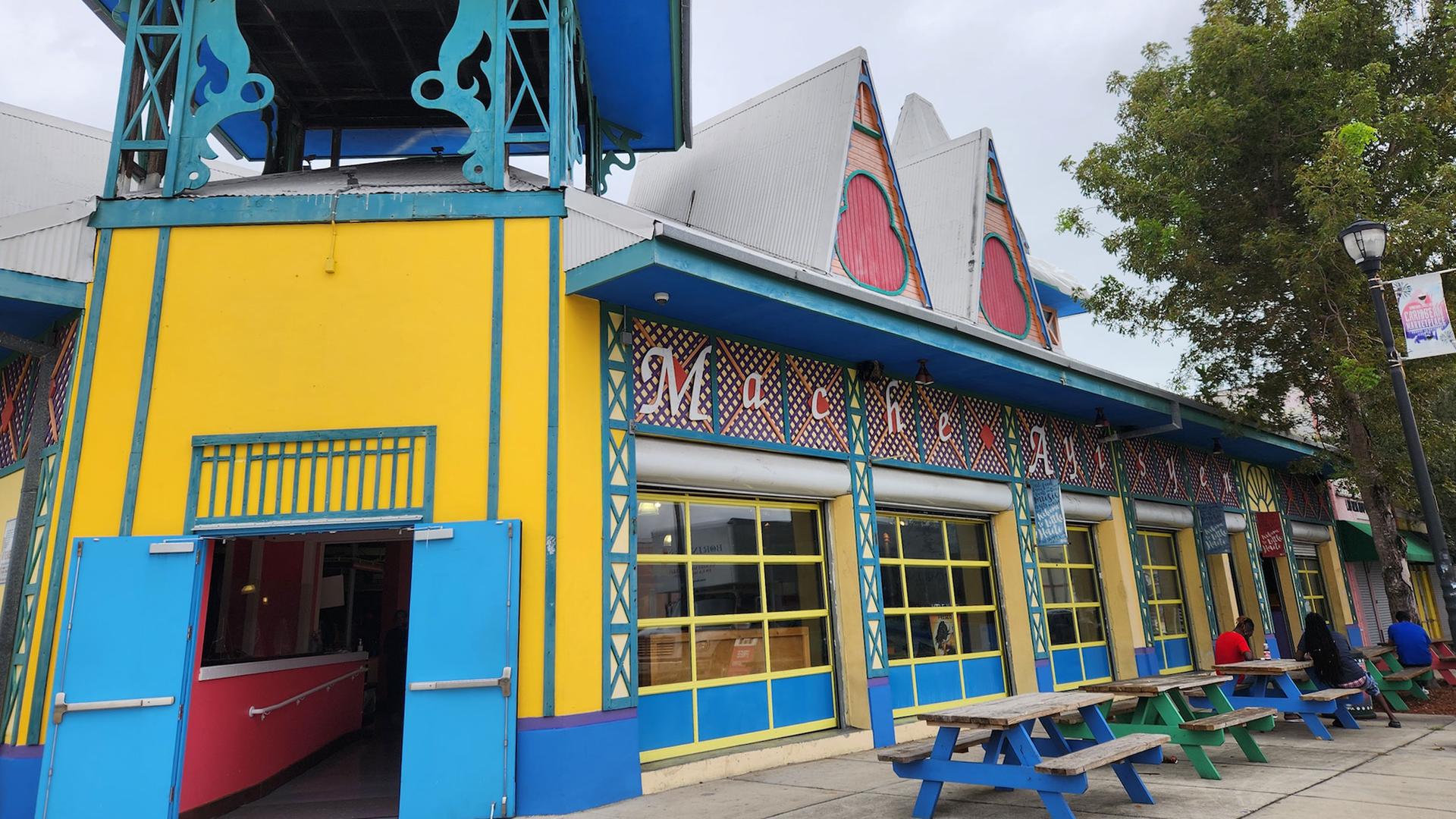The entrance of Miami’s Little Haiti is hard to miss. A bright and colorful mural by Haitian artist Serge Toussaint welcomes people into the neighborhood. Toussaint chose to highlight neighborhood icons, such as Ray Bell, the first Little Haitian female to receive a black belt in karate, or local dancer Ajhanou Uneek. Front and center are Maria and Viter Juste, considered to be the founders of Little Haiti.
The couple moved to Miami in the 1970s, after spending a decade in New York City. Their arrival marked a before-and-after for the neighborhood — which became known as Little Haiti, a name coined by Viter Juste. They helped thousands of Haitian newcomers settle and integrate into the city over the course of several decades and become part of a community.
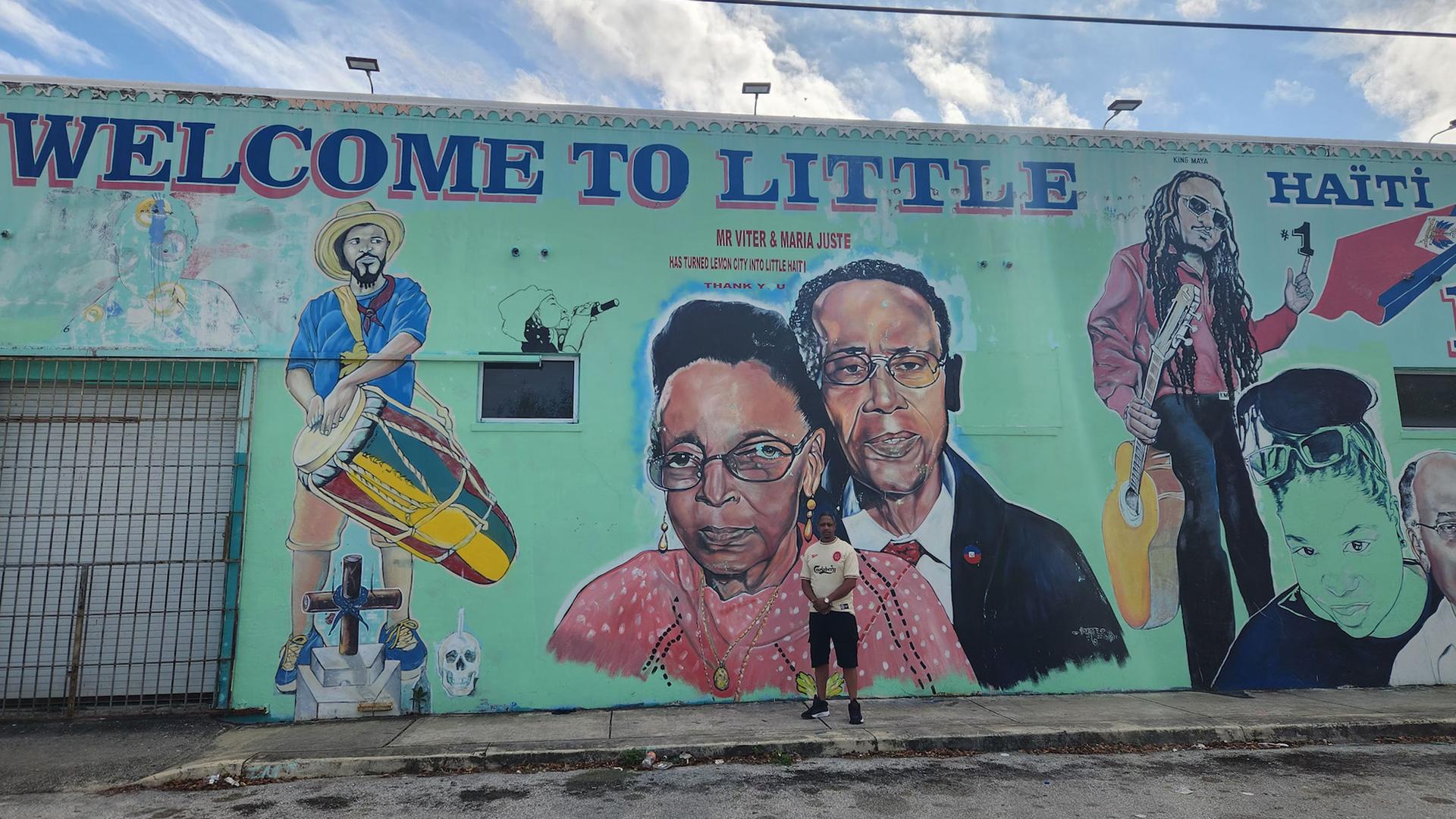
But little remains of the neighborhood that the Justes founded, said Winnick Blaine, one of their grandsons. “It’s like our history here is vanishing,” he said.
The area has been redeveloped by new investors, who are attracted by the neighborhood’s proximity to the beach and new fancy restaurants and shops, as well as its elevation above sea level, which protects it from flooding.
Blaine said the new development has brought some good things to the neighborhood, including less crime, and a modern look for several buildings that were deteriorating. But he added that it’s also changing the essence of Little Haiti.
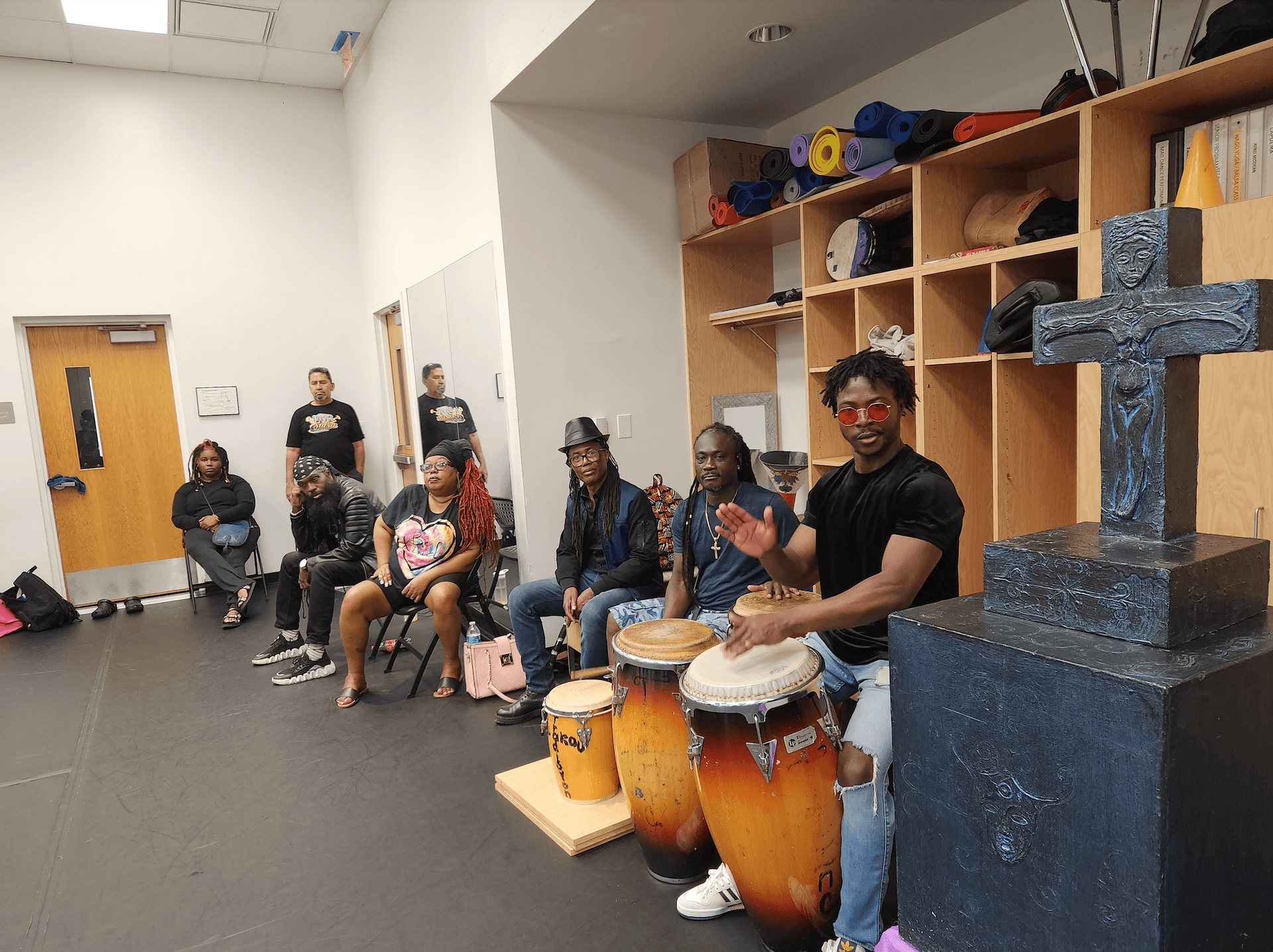
“Investors also bring in their culture and style of living, which in many cases is different to that of Haitians,” Blaine explained.
Schiller Sanon-Jules, owner of the Haitian restaurant The Vegan Marie, said there aren’t as many Haitians in the area any longer.
“Before, you used to go to people’s houses, play dominoes, play soccer at the park, eat Haitian food. … You don’t find that here anymore.”
“Before, you used to go to people’s houses, play dominoes, play soccer at the park, eat Haitian food … You don’t find that here anymore,” Sanon-Jules said.
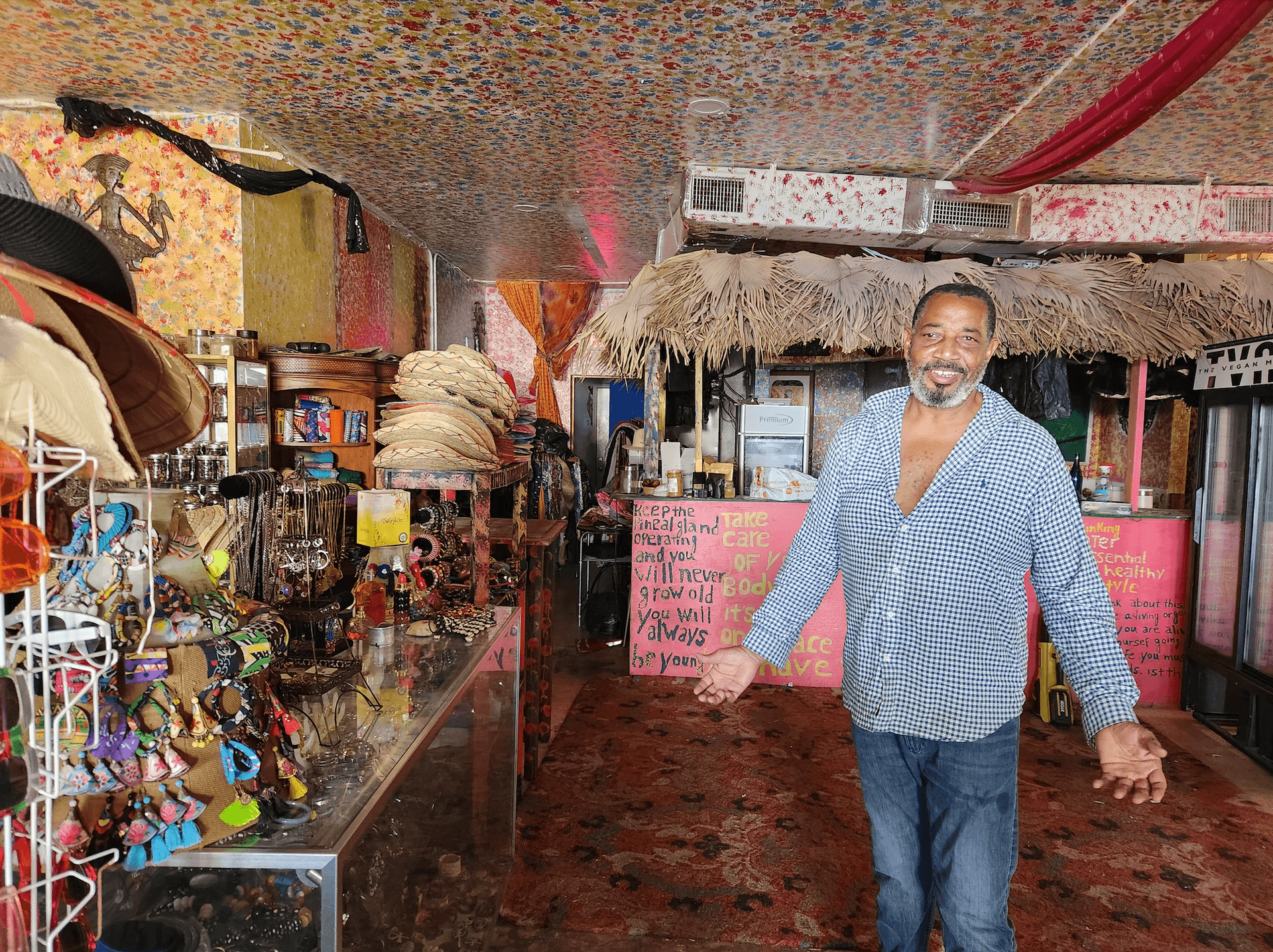
He and his wife had to downsize their restaurant and move it to a different part of the neighborhood after their rent more than doubled a few years ago.
Largest Haitian diaspora in the US
Florida is home to the largest Haitian community in the US. More than 300,000 people with Haitian ancestry reside in the Miami area, according to the US census, but many believe that number is an undercount.
Little Haiti’s population has remained unchanged since the beginning of the century, with about 30,000 people, but the neighborhood experienced a 13.5% decrease in family households in that period, according to a study by Florida International University.
Also, while Blacks still represent over 70% of Little Haiti’s inhabitants, there has been a significant shift in the growth of other racial and ethnic groups, including “white alone” (49.6% increase) and “some other race” (69.1% increase), according to the same study.
Gentrification didn’t happen overnight. In the late 1980s, some investors bought properties with the vision of selling them in the future at a higher price, when the area became valuable, and they did. Also, the descendants of Haitian immigrants who settled in Little Haiti left the neighborhood and never came back.
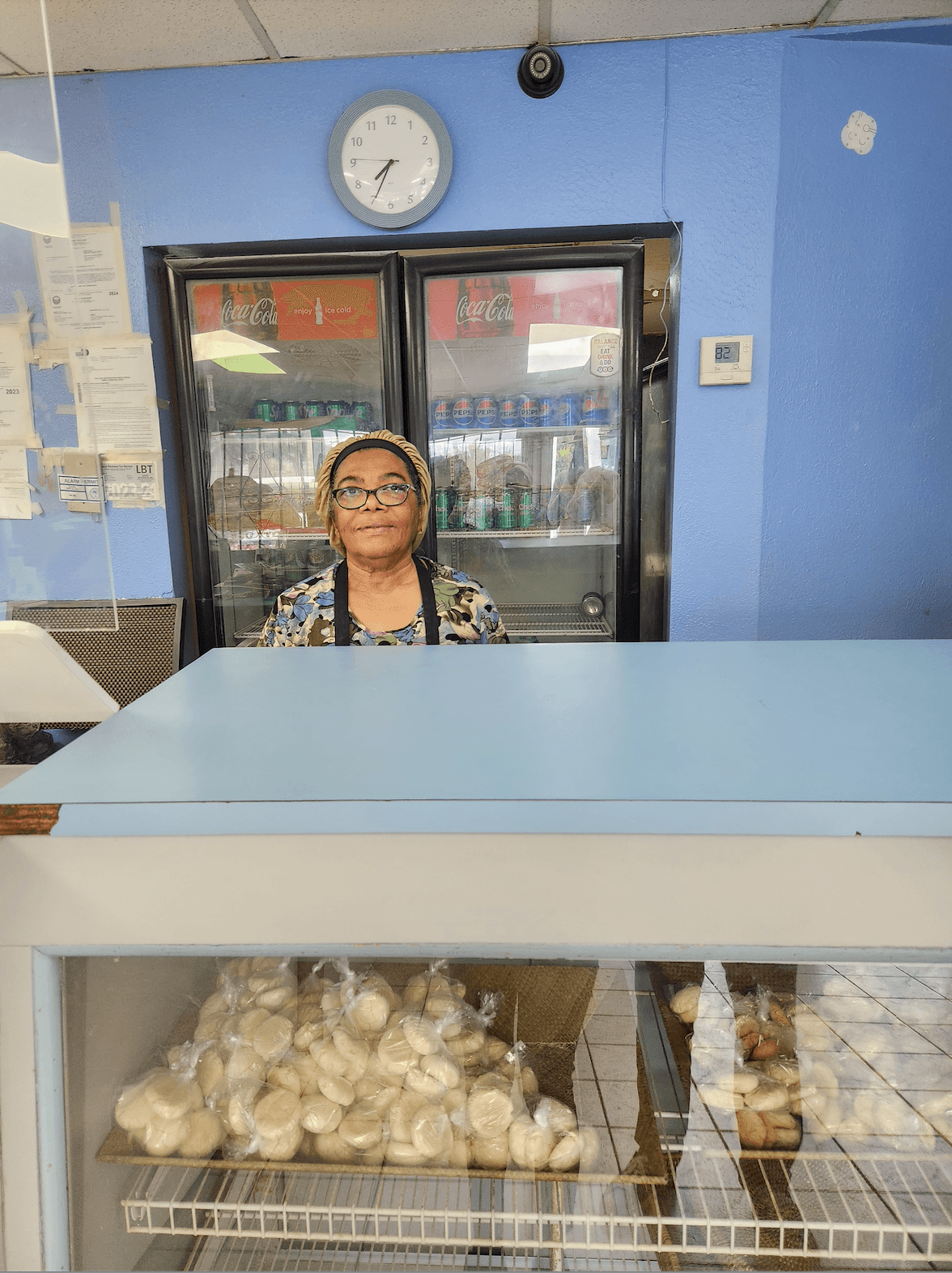
One of the most iconic symbols of gentrification in Little Haiti is a $1 billion redevelopment project called the Magic City Innovation District that passed in 2019.
There are still some Haitian-owned shops standing in the area.
Lakay Tropical Ice Cream is a bakery hosted and run by its owner, Solange Biem-Aime since the 1990s. Her business has survived in part because she owns the land. “I get phone calls, letters and visits from investors trying to convince me and my daughter to sell the property,” she said. “But we don’t want to.”
However, Biem-Aime worries about the future of her business, as many of her longtime customers have left.
Bringing people to Little Haiti has also been a struggle, said Abraham Metellus, one of the co-founders of Tap Tap Tours, the only tour company in Little Haiti. “We started this tour because no one was coming here,” he explained.

Metellus said more than 500 people have taken his tour since he started back in 2019. He offers tours every Saturday, twice a day, where he brings tourists to historical landmarks and traditional businesses in the area.
One of the stops is at the Haitian Cultural Center, which features galleries with exhibitions, classes for traditional dance and Caribbean percussion, and live music concerts.
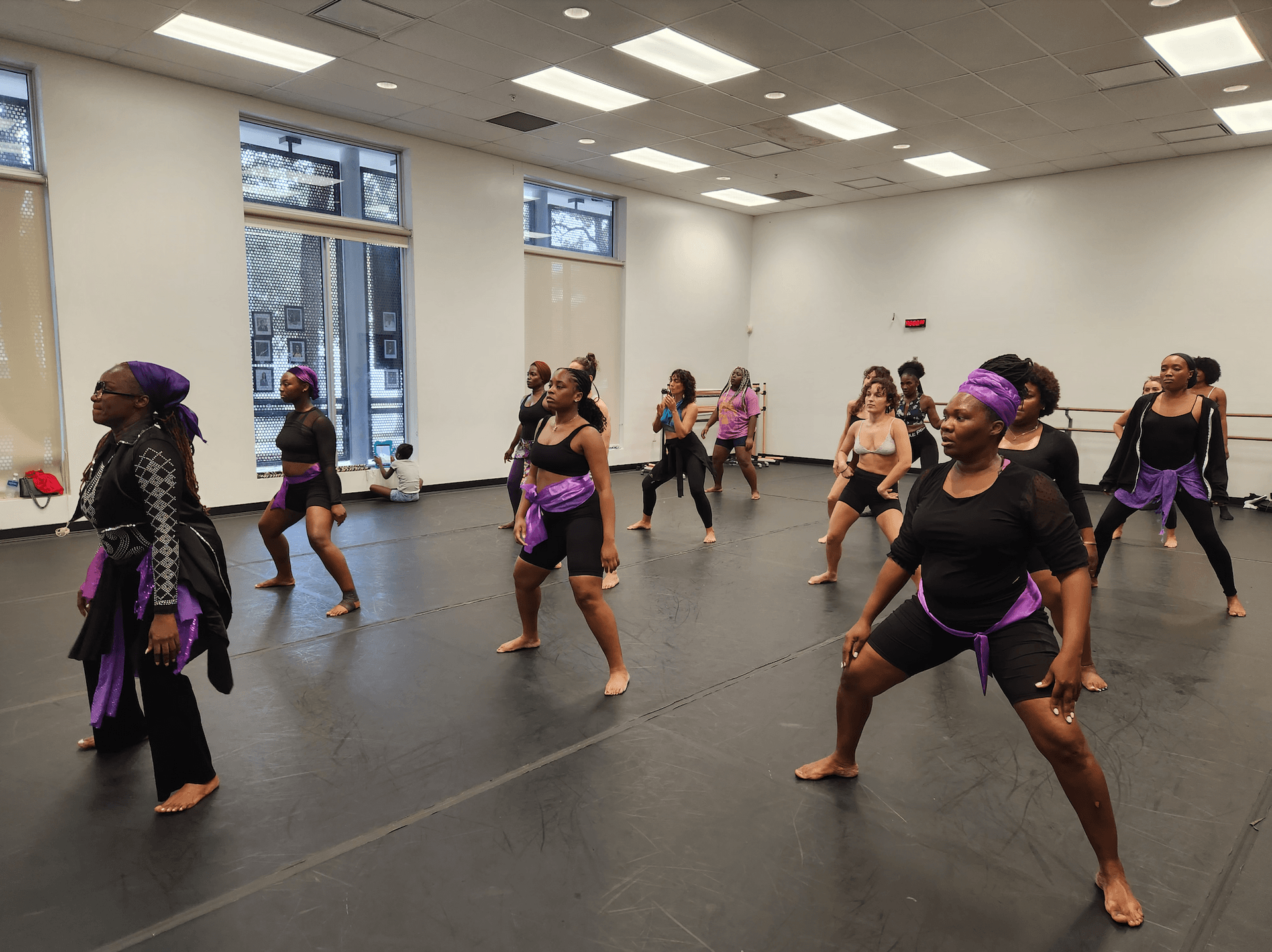
Metellius is also now requesting local government authorities to protect several buildings in Little Haiti by declaring them as cultural heritage of the city.
